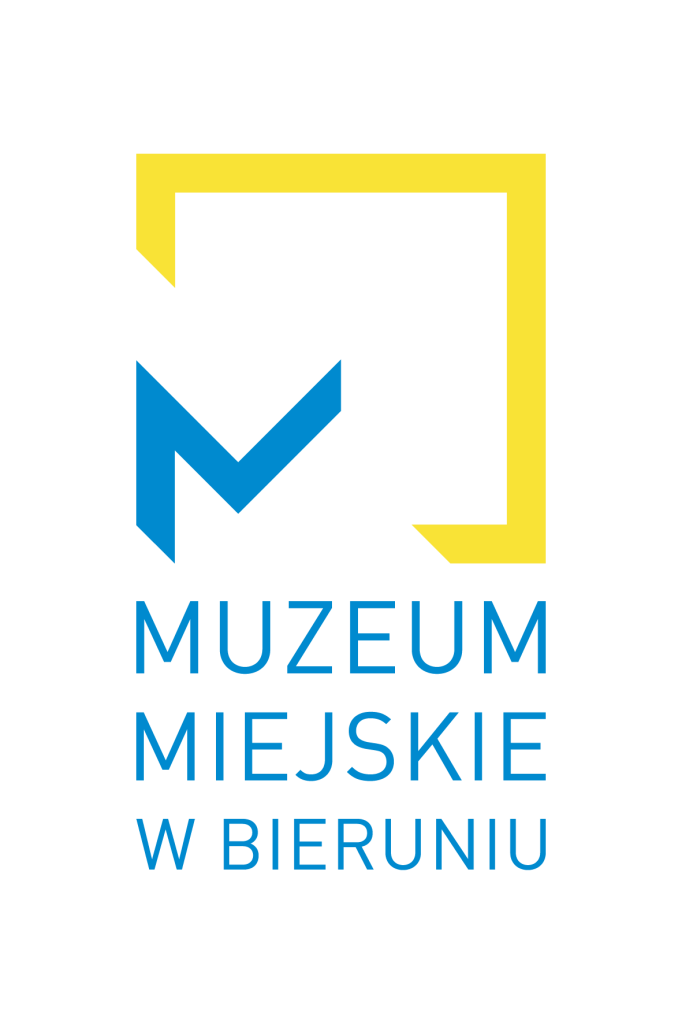HISTORY OF THE BIERUŃ TOWN MUSEUM
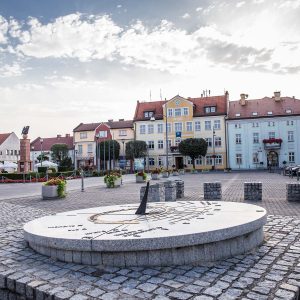
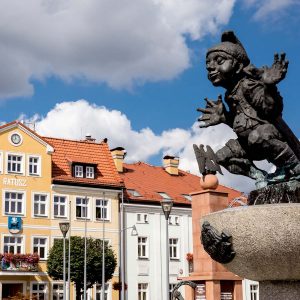
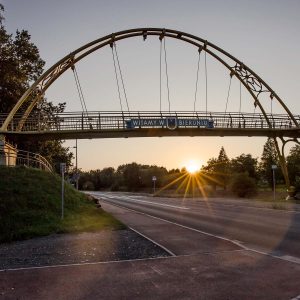
ACTIVITIES OF THE BIERUŃ TOWN MUSEUM
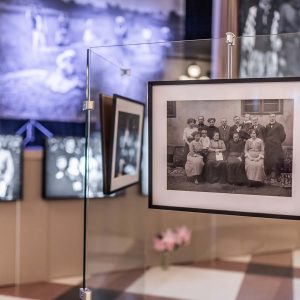

At present the Museum’s activities focus on expanding the institution’s collection and presenting the historical and cultural heritage of Bieruń through publications, exhibitions, articles and wide-ranging educational activities (including historical and photographic walks, photo shows, and making films of the „Visiting Bieruń” series).
The Museum’s activities particularly concern:
- the history of the town of Bieruń establishment,
- the history of individual districts, i.e. Bieruń Stary, Ściernie, Jajosty, Bieruń Nowy, Zabrzeg, Czarnuchowice, Bijasowice, Kopań,
- the history of local families and those who came from other regions of Poland,
- the history of service and craft plants and factories operating in and around Bieruń,
- works of artists associated with Bieruń and the bieruńsko-lędziński district,
- the Vistula as a water border and transportation route,
- cultural heritage of the Silesian and Lesser Poland borderland and of the Pszczyna region.
BIERUŃ
Bieruń has a very rich history. The town was first mentioned in historical sources in 1376. In the mid-16th century, the town was granted market privileges, which contributed to its economic boom. Thanks to the well-developed fish economy, the Great Bieruń Pond was created here in the 16th century as well. In its heyday, the Pond’s area was 625 hectares and at that time it was the largest reservoir of this type in Upper Silesia. Today, in the Town of Bieruń, you can still admire, among others: a medieval mound dating back to 1295, a market square with a medieval urban layout preserved, a dyke built in 1530-1540 (a civil engineering monument), a wooden St. Valentine’s Sanctuary (16th/17th century) or a Jewish cemetery established in the 19th century.
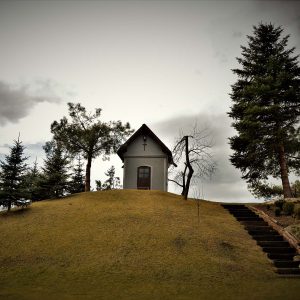
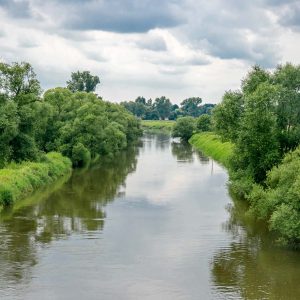

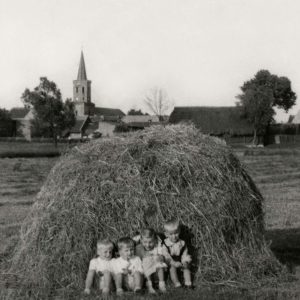
In 1824, the first paved interstate road in Upper Silesia was built in Bieruń, it led from Wrocław to the border on the Vistula at that time, to Oświęcim and Krakow. In 1830, the Royal-Prussian Chief Customs Office was built by that road. A railway line from Bieruń Nowy to Mysłowice was commissioned in 1859. In 1863 a railway connection between Nowy Bieruń in Prussia and Oświęcim in Galicia was started. The stop served as a border station between Prussia and Austria.
The history and identity of Bieruń also comprise: the establishment of the „Piast” Coal Mine and the two-week underground strike of the mine workers after the introduction of martial law in 1981 (the longest protest of this type in the history of post-war mining) or the flood in 2010 which severely affected the residents of Bieruń.
Documentation of these and many other events fits well with the substantive program of the institution established.
CONTACT
Contact Details
Rynek St. 14, 43-150 Bieruń
building of the Town Hall in Bieruń, segment B, room No. 213
Phone No. +48 32 708 09 89
Opening Hours
Monday
Tuesday
Wednesday
Thursday
Friday
7.30 a.m. – 5.00 p.m.
7.30 a.m. – 3.30 p.m.
7.30 a.m. – 3.30 p.m.
7.30 a.m. – 3.30 p.m.
7.30 a.m. – 2.00 p.m.
Chief Accountant
Ewa Myszor-Knahl
Phone No. +48 32 708 09 89
